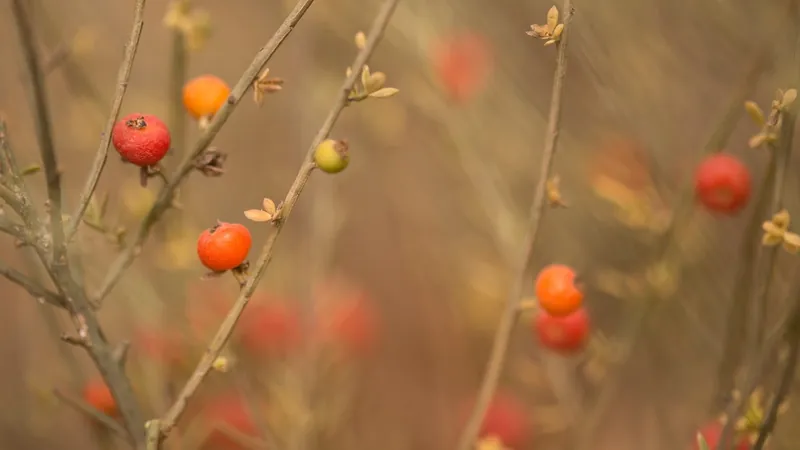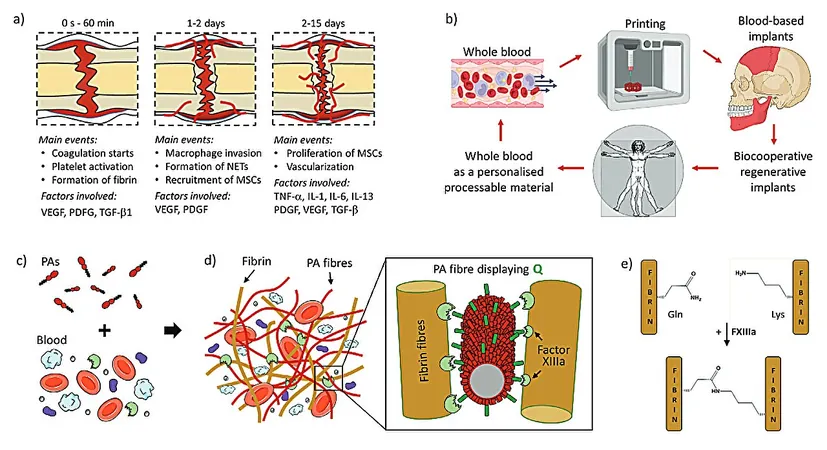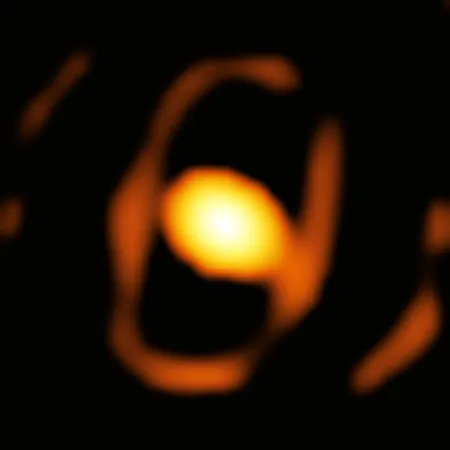
Unearthed Secrets: How a 15,000-Year-Old Moroccan Cave Reveals Humanity's First Steps with Psychoactive Plants
2024-11-18
Author: Arjun
Unearthed Secrets: How a 15,000-Year-Old Moroccan Cave Reveals Humanity's First Steps with Psychoactive Plants
A recent groundbreaking discovery in Morocco sheds light on one of humanity's earliest relationships with plants used for medicinal and psychoactive purposes. Researchers believe they have found the oldest evidence of drug use in a burial site dating back 15,000 years, housed in the Grotte des Pigeons, also known as the Cave of Pigeons, located in northeastern Morocco.
In a significant study published in Scientific Reports, scientists uncovered berry-like seed cones from the Ephedra shrub, known for its active compound, ephedrine. This powerful stimulant is renowned today for its ability to enhance communication between the brain and body, making it a sought-after substance for medical remedies and recreational use. The research team suggests that these seed cones were intentionally included in burial rites, indicating that Stone Age populations were not only aware of their medicinal properties but perhaps also their psychoactive effects.
"This discovery highlights the integral role of plants in the lives of early humans long before agriculture took hold," explained Jacob Morales, the lead author of the study and an archaeobotanist from the University of Las Palmas of Gran Canaria in Spain. His team posits that these findings may change our understanding of how Paleolithic societies utilized natural resources.
Ephedra's uses aren't just limited to ancient burial spices; modern implications of this fascinating shrub reveal its role in traditional medicine across cultures, particularly in ancient Chinese remedies for respiratory illnesses. Today, derivatives of ephedrine, such as pseudoephedrine, remain common in over-the-counter cold medications.
Ritualistic Significance and Medicinal Mastery
The Grotte des Pigeons is a site of significant importance, showing evidence of human occupation over a staggering 100,000-year span. At the time the Ephedra was buried, the Iberomaurusians, a group of hunter-gatherers, inhabited the region. Alongside the Ephedra cones, remains of butchered animals, including Barbary sheep and great bustards, have been found, suggesting the site was associated with special burials and perhaps ritual feasts. "It seems likely that the Ephedra was consumed as part of a communal event to honor the deceased," Morales noted.
The understanding of the psychoactive effects of Ephedra implies not only a profound relationship with nature but also a level of sophistication in early medical practices. It's assumed that prehistoric humans consumed Ephedra to take advantage of its stimulant properties—raising exciting questions about the limits of Stone Age medicinal knowledge. "Their use of Ephedra might have played a role during surgical practices, minimizing blood loss and infection risks due to its vasoconstrictive and antibacterial properties," Karen Hardy, an archaeologist from the University of Glasgow, highlighted.
A Glimpse into Ancient Drug Use
With this discovery, Morocco claims the honor of representing the earliest evidence of drug use from plants in an ancient human society. Previously, researchers believed the use of plants as drugs could be traced back 70,000 years to the Neanderthal burials in Iraq, although recent studies have contested this assumption. Evidence of psychoactive substances has also emerged from ancient civilizations in China, Egypt, and the Sumerian epic of Gilgamesh, reinforcing the notion that the quest for medicinal plants has deep historical roots.
The presence of Ephedra seeds in a burial context raises questions about the sociocultural and spiritual significance of such substances. Beyond recreational use, Morales emphasizes that these early people were likely tapping into a complex understanding of their environment—utilizing plants for healing and rituals rather than for mere pleasure.
"Modern interpretations often lean towards medicinal uses, but it's crucial to recognize how deeply interconnected plants, society, and spirituality were back then," added ethnobotanist Giorgio Samorini.
While the exact motivations for spearheading this communion with plants remain a mystery, Morales concludes that this finding not only informs us about the medicinal wisdom of ancient civilizations but also offers a profound insight into our own ongoing exploration of nature's untapped potential. "The Moroccan discovery opens a window into a time when humankind began navigating the intricate relationship between nature and nurture through the lens of plants," he said.
This groundbreaking research invites further investigation and encourages a reevaluation of our historical narrative surrounding the relationship between humans and psychoactive plants, reminding us of the sophisticated knowledge of our ancestors in exploring, understanding, and utilizing the resources of the world around them.


 Brasil (PT)
Brasil (PT)
 Canada (EN)
Canada (EN)
 Chile (ES)
Chile (ES)
 España (ES)
España (ES)
 France (FR)
France (FR)
 Hong Kong (EN)
Hong Kong (EN)
 Italia (IT)
Italia (IT)
 日本 (JA)
日本 (JA)
 Magyarország (HU)
Magyarország (HU)
 Norge (NO)
Norge (NO)
 Polska (PL)
Polska (PL)
 Schweiz (DE)
Schweiz (DE)
 Singapore (EN)
Singapore (EN)
 Sverige (SV)
Sverige (SV)
 Suomi (FI)
Suomi (FI)
 Türkiye (TR)
Türkiye (TR)